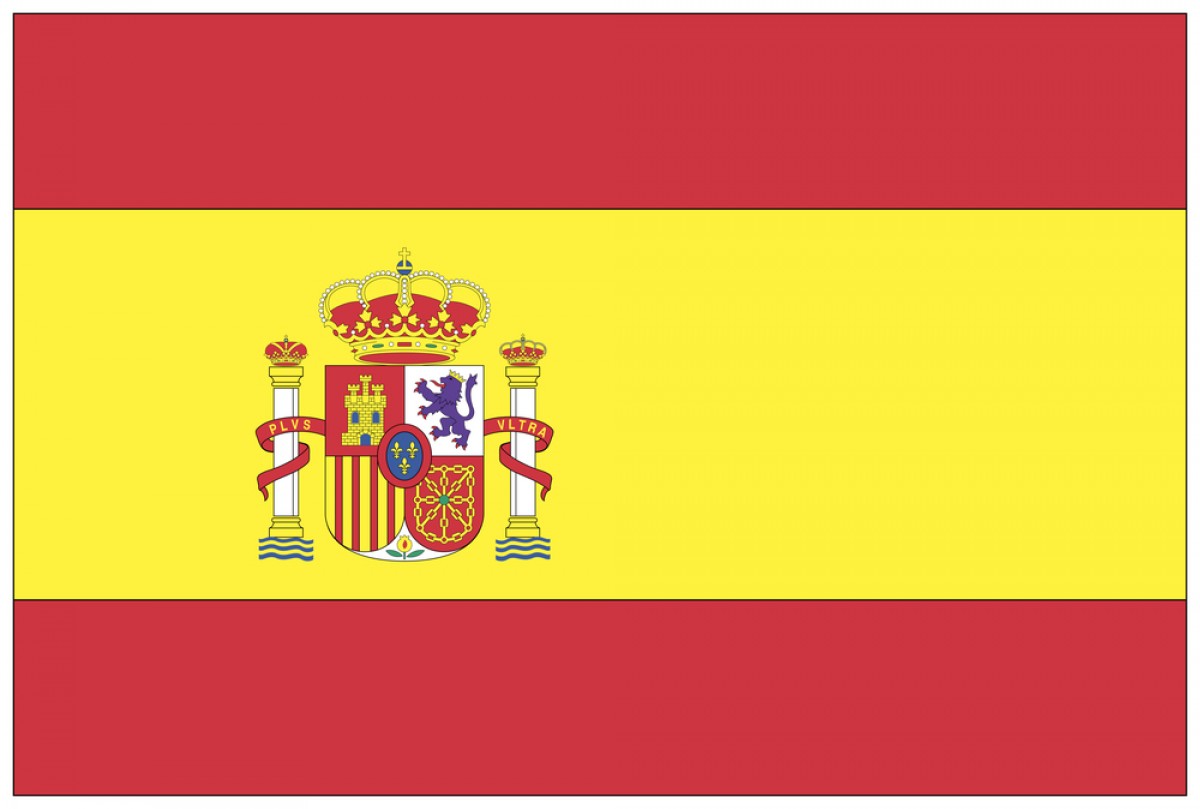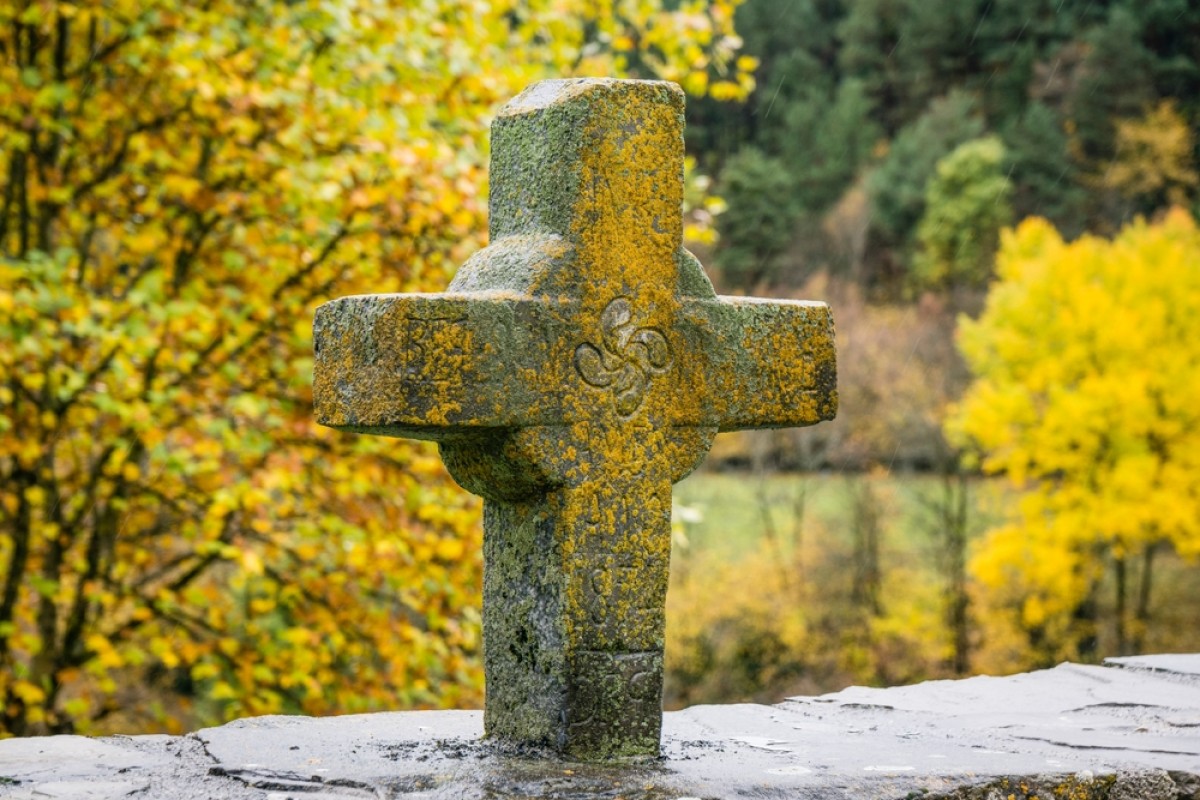
Last Article:
Moving to Spain in 2026? Spanish visa overview
Raymundo Larraín Nesbitt, October, 3. 2025

Marbella-based Larraín Nesbitt Abogados (LNA) has over 22 years of experience at your service. We offer a wide range of 60 legal and corporate services. Our team of native English-speaking lawyers and economists have a long track record of successfully assisting expats all over Spain.
You can review here our client’s testimonials.
Article copyrighted © 2025. Plagiarism will be criminally prosecuted
By Raymundo Larraín Nesbitt
Director of Larraín Nesbitt Abogados
3rd of October 2025
Introduction
Spooky October is upon us, and many people are now making plans on where to move next year.
Political turmoil is on the rise worldwide, with irresponsible politicians – from both sides of the aisle – fanning the flames of social polarisation in established democracies, with some now on the brink of open civil war. It only takes a spark to unleash chaos, always a fine pretext for authoritarianism to take over the reins and restore order by way of curtailing people’s rights and freedoms, undoing what their forefathers fought so hard for.
If this is your case, and you are worried about the future of your country and your family's well-being, you may want to consider Spain as a plan B. As someone clever once said, “If you fail to plan, you plan to fail”.
Spain, governed by a progressive administration, is the second most visited country in the world, with over 94 million tourists every year. It’s a beautiful country to visit or live in. Gorgeous weather, delicious food, affordable prices, great amenities, friendly natives, and ultra-low taxation (in some regions) appeal to foreigners at large. Many of these tourists decide to settle down and buy a property in Spain.
In recent years, Spain introduced new immigration schemes with significant tax advantages associated for those who qualify: Beckham’s Rule (named after the English football player) and the Digital Nomad Visa. The tax advantages offered by both are identical, mirroring each other.
Both of these allow applicants to pay NO tax on any assets or income held abroad. Moreover, on the income derived strictly in Spain, applicants pay only a flat fee, which is a mere fraction of the standard tax rates. These two immigration schemes have been purposely devised to attract foreign overachievers, so they relocate to Spain alone, or with their families. Due to their unique tax advantages, they are proving wildly popular amongst foreign applicants (more details below).
As a general rule:
- If you are a non-EU national, and wish to stay in Spain for over 90 consecutive days, you need to apply for a visa. Please be advised that not all visas grant the right to work in Spain.
- If you are an EU/EEA national, and wish to stay in Spain for over 90 consecutive days, you need to apply for a Spanish residency permit. This is cheap and fast-tracked (takes a few weeks). We offer this service: Spanish Residency permit for EU nationals (includes TIE card & NIE number).
Spanish visas allow you to live anywhere in Spain; you will be spoilt for choice: Barcelona, Costa del Sol, Granada, Madrid, Malaga, Mallorca, Santiago de Compostela, Seville, Sotogrande, and Valencia.
At LNA, we can help you attain a visa, or a residency permit, to live in Spain legally in record time at an affordable price. Your case will be handled by one of our immigration lawyers, assisted by a visa manager.
"Those who would give up Essential Liberty, to purchase a little temporary Safety, deserve neither Liberty nor Safety". – Benjamin Franklin
Benjamin Franklin (1706 – 1790). Founding Father of the United States. Exceptionally gifted statesman, scientist, inventor, diplomat, writer, printer, postmaster, and political theorist. He campaigned from early on for colonial unity. He was then tasked to raise funds in Europe for the War of Independence. Malaga’s cathedral only has one tower (known as ‘La Manquita’), as the funds were gifted to 13 struggling colonies in their War for Independence against a mighty overseas empire. He was one of the drafters and signers of the Declaration of Independence of the 4th July 1776. Appointed as the first United States ambassador to France, he exemplified the ingenuity and prowess of a young, emerging American nation.
Benjamin was a politician in his spare time; nobody’s perfect.
General requirements for all Spanish visas
Unlike in other countries, you are not required to have a minimum proficiency in Spanish to apply for a visa. Whilst this is true, I strongly urge you to learn the language, at least the basics, to better blend in and understand Spanish society. You will find that natives greatly appreciate the effort and will be far more accommodating towards you. Spanish is fairly easy to learn, by rapport to other languages, and is the second most important language in the world. It is the official language of 21 countries.
The following five are staple requirements across all visa types:
- Non-EU national
- Hire private health insurance
- Clean criminal record, no trace (previous 5 years)
- Be financially self-supporting (you will not claim benefits)
- Not be living in Spain illegally at the time of making the visa application
Spanish visa overview
At LNA, we can assist you in filing all four visas listed below (plus Beckham’s Rule, which is not a visa, it’s a tax scheme).
Some visas suit applicants better than others. Some offer unique tax advantages:
1. Digital Nomad Visa (tax-free visa)
After the demise of the Golden Visa, the DNV was next in line to occupy the visa throne as the most sought-after in Spain. DNVs extend to family members i.e. spouse and children up to the age of 25 years old. It allows applicants to work remotely from Spain i.e. teleworkers.
The main advantage is its privileged taxation. It grants applicants a special tax regime whereby they pay ultra-low tax (or in most cases none at all!) as opposed to standard tax rates that apply to Spanish tax residents. This visa is for up to 6 years and is attained by us in under 3 weeks.
Key tax advantages:
- No tax on assets & income abroad. This is of special interest for applicants holding substantial assets and overseas earnings (i.e. HNWIs), which would all go untaxed by Spain.
- Pay a flat tax rate of 24% on the first €600,000 of gross annual earnings in Spain. This translates into tax savings of 50%, or more, on income derived strictly within Spain.
- Not required to file a 720 tax return (unlike Spanish tax residents)
- Not required to file Wealth Tax (unlike Spanish tax residents)
- Automatic tax deferrals on call (unlike Spanish tax residents)
Suitable for:
- International teleworkers
- Self-employed (freelancers) who manage their foreign business remotely
- HNWI and UHNWIs
Further reading: Digital Nomad Visa explained (tax-free visa)
2. Marriage Visa – Family Regroupment Visa
It’s intended for families or couples that have been separated, in and out of the EU. It seeks to reunite them in an expedited manner within the EU. So, although this type of visa is popularly dubbed as ‘Marriage Visa,’ it would rather be more appropriate to label it as ‘Family Visa’.
Its scope goes well beyond a married couple. It ought to be understood in broader terms, as in family reunion. As its name implies, couples can be married (including same-sex partners), this is the core requirement. Alternatively, civil partnerships are also accepted. This visa allows you the right to work in Spain. This visa has low fees, and is fast-tracked, taking between one to four weeks. This visa is for 5 years.
Suitable for:
- Separated family members who wish to reunite within the EU
- Married couples
- Non-married couples
Further reading: Marriage Visa explained
3. Retirement Visa – Non-Lucrative Visa (NLV)
This is Spain’s Pensioner’s Visa. It allows applicants to live but not work in Spain. Only retirees should apply for it.
The applicant will be expected to be financially self-supporting and will be required to prove he or she has enough savings for at least two years. This visa is ideal for retirees who wish to spend extended periods of time in Spain – without working – enjoying the finer things in life.
It is the cheapest visa available. It takes 2 to 3 months. This visa is initially for 1 year, and then it works on 2-year renewals.
Suitable for:
- Pensioners
Further reading: Pensioner’s Visa explained
4. Business Visa – Lucrative Visa
As its name implies, this permit allows the applicant to work in Spain as self-employed. This residency applies to someone looking to set up their own business in Spain. This requires a proactive hands-on attitude. Typically, you will be acting as a director, or managing director, overseeing a company. Needless to say, one of the key requirements is that you will have enough means to be self-supporting, both for yourself and your family, for one year.
The catch, besides a cast-iron motivation, is that you need to invest in the ballpark of €80,000 to €100,000 to open & run a business in Spain. You will also be required to hire employees and enrol them in Spain’s Social Security (the cornerstone of this visa). Visa renewals are contingent on the business making a profit every year. This visa allows you, and your family, the right to work in Spain as self-employed. This visa has associated the highest fees, is the most difficult to secure and also takes the longest (3 to 4 months).
Suitable for:
- Entrepreneurs
- Applicants (families) wishing to set up and run a business in Spain
- Self-employed
Further reading: Lucrative residency permit (Business Visa)
5. Beckham’s Rule
Please note this is not a visa. It applies to EU/EEA nationals (who do not require a visa).
It also applies to non-EU nationals who have first successfully attained a Digital Nomad Visa.
It is a special tax regime whereby taxpayers pay low tax, or none at all.
EU/EEA nationals who relocate to Spain on the back of a job contract offered by a Spanish employer may apply. It offers identical tax advantages to the Digital Nomad Visa. It has moderate fees, and the procedure is expedited. It takes under a month to attain.
Suitable for:
- EU/EEA nationals
- Digital Nomad Visa holders
- High-ranking expatriate employees
- HNWI and UHNWIs
Further reading: Beckham’s Rule explained
LNA has a 100% track record of attaining Spanish visa & residency permits since 2013. We have assisted over one thousand satisfied visa clients and their families.
At Larrain Nesbitt Abogados (LNA) we have over 22 years of experience specialising in taxation, and property conveyance. We also assist clients with immigration & residency visas and inheritance procedures (probate). You can contact us by e-mail at info@larrainnesbitt.com, by telephone on our UK line (+44) 0754 3838 218 or Spanish line (+34) 952 19 22 88, or by completing our contact form.
Please note the information provided in this article is of general interest only and is not to be construed or intended as substitute for professional legal advice. This article may be posted freely in websites or other social media so long as the author is duly credited. Plagiarizing, whether in whole or in part, this article without crediting the author may result in criminal prosecution. Ní neart go cur le chéile. VOV.
Larraín Nesbitt Abogados, small on fees, BIG on service.
2025© Raymundo Larraín Nesbitt. All Rights Reserved.












